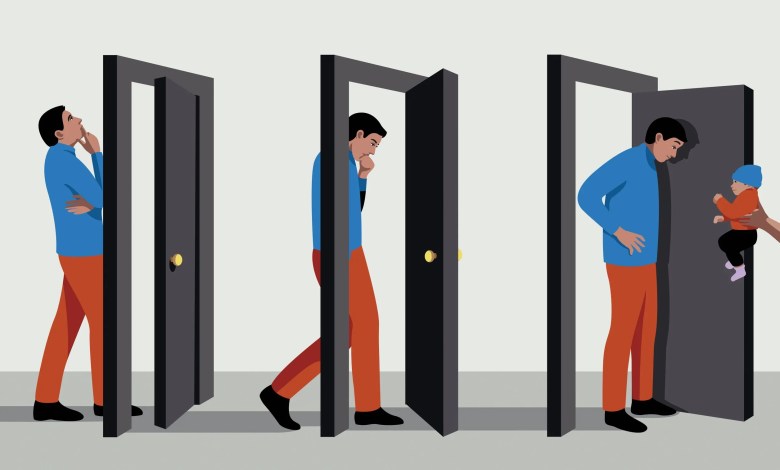Decisions related to future variables

Those who do not like qualitative measures also do not understand the meaning of making decisions such as the decision to enter a new project, because they see the process of predicting the future of prices, the market, etc. as a mere guesswork. This is also due to the fact that these predictions are not based on science and cannot be accurately determined. But this does not mean that we should not try to predict the values of these variables in order to help us in making a decision, as the alternative is to make the decision without any study or information. In other words, what cannot be determined with a percentage of accuracy close to one hundred percent, we have to define it with the highest percentage of accuracy possible and we have to predict the percentage of error and what it might lead to.
Is it just a guess?
There are ways to predict the value of a variable – such as the price of a product or the share of a product in the market – based on historical information, the most important of which is the value of this variable in the previous period. The basis of these predictions is that the change in the value of this variable will follow the same method that occurred in the past. For example: If the price decreases at a rate of ten pounds per month, then we base our expectation on the continuation of the same rate of increase every month. There are methods that take into account seasonal change, such as air-conditioning prices. Moreover, we can expect the effect of some variables, such as the presence of another competitor or an increase in per capita national income, based on a similar effect that occurred in the past for the same or similar product.
Analysis of possible situations:
However, we know that we cannot predict with a very high accuracy rate, and therefore it is advised to do what is called a study of potential situations or what is known as Scenario Analysis, and this means measuring the impact of the price taking certain values on the company’s profits or the required production volume. These probabilities can also be grouped with weights that represent our expectation that each of them will occur. Sometimes a simple method can be used by examining three situations: the most expected, the worst expected case, and the best expected case. This enables us to prepare for these cases and the result of the expected case may be good, but the result of the worst case is very bad, which prompts us not to enter into the project because the risk level is very high and this may lead us to take measures that will weaken the possibility of the worst case, such as running an advertising campaign or improving Product, expected or make the worst case expected better than expected without these measures. Many of these expectations require the cooperation of different departments and often increases the number of possible situations due to the presence of possibilities for several variables.
Sensitivity study:
There is a helpful matter, which is the study of the sensitivity of the decision to the change in the value of a variable, or what is known as Sensitivity Analysis. In some cases, we can base our calculations on the expected case, and then estimate the value of the change in the outcome, such as the company’s profits, as a result of the change in the price of the product by one pound, in an increase or decrease.
Here is a simple example to show how to use Scenario Analysis
You are selling a product and want to determine next year’s earnings. You know the cost of the product, the sales volume and the price of the product now and in the past. Based on this information and based on your knowledge of what is happening in the market and competitors’ conditions, and using some mathematical methods, you can predict three values for each of these variables. I assume the selling price is 100 and it usually increases by between 1% and 3%. There are no developments that may change the rate of price change. In this case, you might expect the price to be as follows:
Expected price (based on average annual increase) 102
Highest price (above the highest percentage increase slightly) 104
Minimum price (less than the lowest increase by a small amount) 100
Your expectations may be a little different than mine but what we want here is to get the point across. We will do the same for cost and sales volume. Suppose that based on our information we expected the following
The expected cost is 85
The highest cost is 89
least expensive 84
The expected sales volume per unit is 1225
The highest expected sales volume is 1555
The lowest expected sales volume is 1100
Profit = sales volume * (price – cost)
So expected profit = expected sales volume * (expected price – expected cost) = 20825
Highest expected profit = Highest expected sales volume * (Highest expected price – Lowest expected cost) = 31100
The lowest expected profit = the lowest expected sales volume * (the lowest expected price – the highest expected cost) = 12100
So we expect a profit from sales that ranges between the highest and the lowest profit, and the most expected is 20825
Based on that, we can take decisions regarding other allowed expenses in the coming year, for example.
Of course this is a very simplified example. The expected sales volume may be related to the expected price, meaning that the lowest price is expected for a certain sales volume. Advertising expenses can also be entered into the accounts, and thus we will test what if we increase advertising expenses and, accordingly, the volume of sales.





